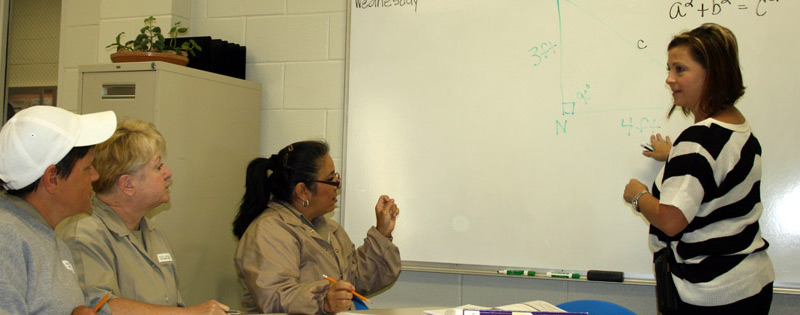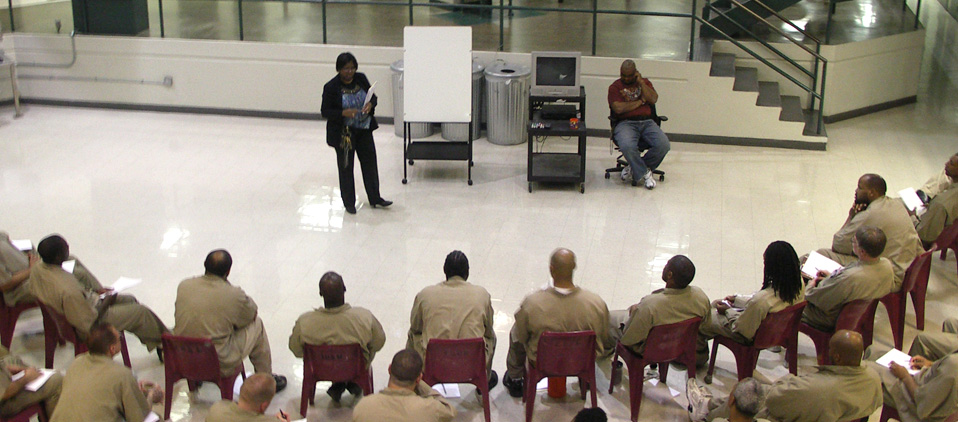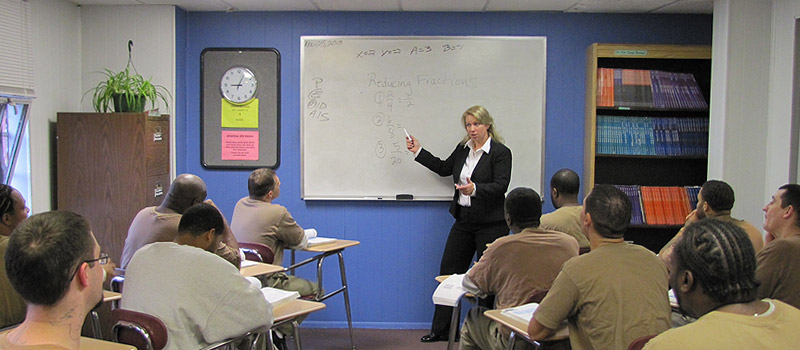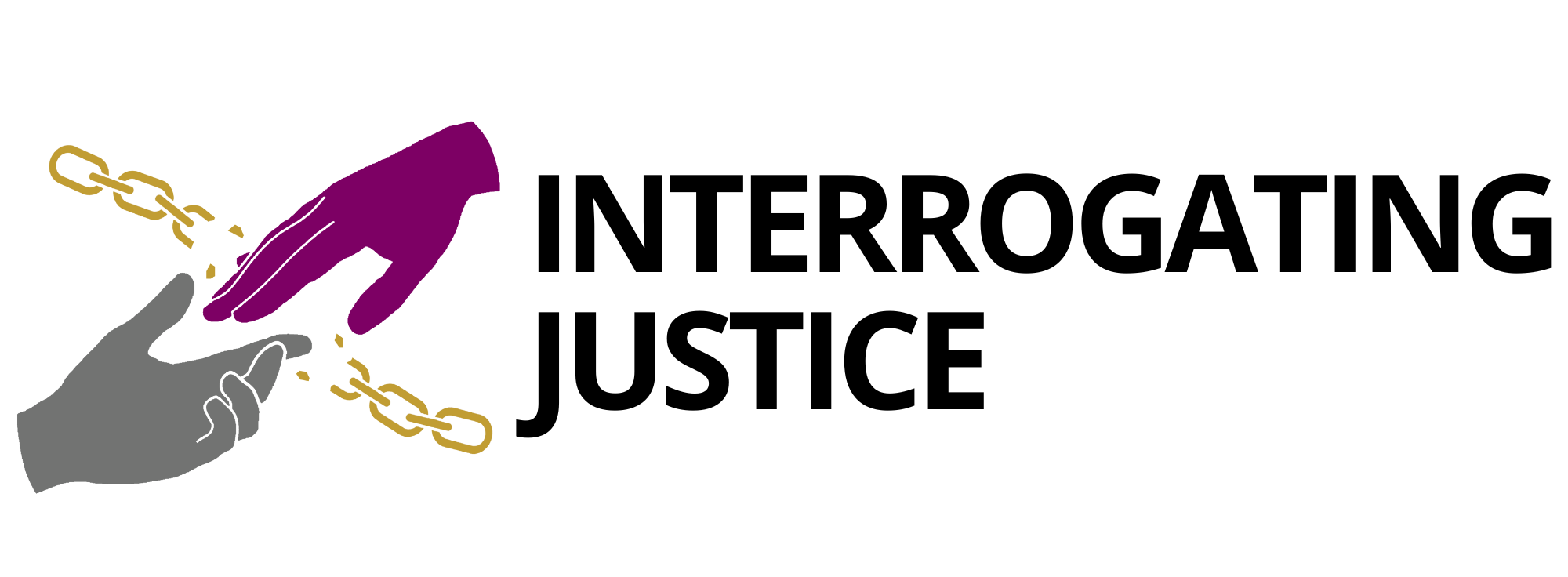
05 Jul The Government Needs Schooling on Prison Education
Education has always been the great equalizer in America. Successive waves of immigrants worked hard to send their sons and daughters to the finest institutions of higher learning. They knew that studying today creates a pathway to a better tomorrow. Similarly, we’ve earmarked public and private funds specifically intended to provide scholarships for members of oppressed minorities in this country. These funds enable them to afford to colleges and universities, literally learning their way out of poverty. This is one of the reasons why Congress established the Pell Grant Program and its predecessor, the Basic Education Opportunity Grants, in 1973.
At the same time, this country has searched in vain for a solution to recidivism in an effort to end mass incarceration. One of the keys is to use the time that the millions of people in U.S. jails and prisons have to give them educational and vocational training so that they have the tools they need to get a job upon release.
However, it seems like this country has often been working at cross purposes, doing things like banning justice-impacted people in prisons from accessing Pell Grants in 1994 and, as a result, making it difficult for them to pay for the college classes they require in order to compete in the job market. This has resulted, in part, in increasing recidivism rates, as many justice-impacted people lack the skills necessary to secure a job upon release and often return to criminal conduct due to the lack of options.
Prison education is not just a good idea. It’s the law!
In 1990, Congress passed 20 USC § 3423a. This federal law requires the Secretary of Education to establish an Office of Correctional Education within the Department of Education. This Office coordinates all correctional education programs within the Department. And it also provides technical support to state and local correctional facilities so they can provide educational programs as well. This was based on a congressional finding that “education is important to, and makes a significant contribution to, the readjustment of incarcerated individuals to society.”
The BOP has a hit-or-miss record on prison education.
Today, the Bureau of Prisons (BOP) maintains education programs at all of its facilities across the country. However, they are not all alike. All of these programs feature a component that helps people who lack a high school diploma earn a General Educational Development (GED) certificate. Yet incarcerated people, as opposed to trained and certified teachers, teach most of these classes. In addition, most federal institutions will have literacy and English as a Second Language (ESL) classes. But, again, your incarcerated peers teach most of these classes.
As for other classes, a great deal depends on the institution itself, the willingness of the members of the Education Department to provide assistance and, for the most part, how persistent people are in dealing with the red tape of getting classes approved with certificates issues in a timely fashion. Moreover, a great many of these certificate programs breakdown into parenting classes, continuing education and health and wellness. So, the relative worth of attending these programs is negligible in providing the training people need to re-enter the workforce upon release.
One area that is extremely facility-specific is vocational training. Depending on the size of the institution, it may offer UNICOR training. This usually covers areas like automotive repair, textiles and other light industrial or commercial work. UNICOR is the trade name of Federal Prison Industries, Inc., which Franklin D. Roosevelt established in 1934. Again, however, this is more geared towards learning a trade than getting an academic education.
It’s tough for incarcerated people to pay for college, and Congress has deliberately made it harder.
One of the greatest obstacles facing justice-impacted individuals looking to get a college degree is financial. Most incarcerated people cannot afford the cost of tuition and books for college classes. Making matters worse, Congress banned incarcerated people from being able to participate in the Pell Grants program. Yet this is the most common way for college students in low-income households to pay for their education.

Over the past decade or so, we’ve seen steps in the right direction.
In 2015, President Obama launched a pilot program, the Second Chance Pell Experimental Sites Initiative (SCP). The SCP allows a small number of incarcerated individuals to obtain Pell Grants to pay for postsecondary education programs in state and federal prisons. The SCP ended up helping 22,000 individuals work towards getting a degree.
As a result of the success of this pilot program, in Dec. 2020, Congress voted to expand access for incarcerated people to Pell Grants again. This was yet another effort to reverse the wrongheaded policies that led to the ban in the first place. Starting in July 2023, incarcerated people will again be eligible to pay for college classes.
President Biden went a step further to expand the Second Chance Pell program. First, he expanded the number of colleges and universities participating in the program from 67 to 130. Next, his administration just announced that an additional 73 colleges and universities will be joining the program. These include 24 historically black colleges and universities.
This will bring the number of institutions of higher education participating in Second Chance Pell to over 200. Included in this list are such fine institutions as
- the Wesleyan Center for Prison Education,
- Louisiana State University,
- the University of North Carolina,
- Adams State University and
- the NYU Prison Education Program.
As Secretary of Education Miguel Cardona points out, “[a]ccess to high-quality postsecondary education is essential to incarcerated individuals, but for far too long, people in prison were left out. The expansion of Second Chance Pell and these new pathways out of default are critical steps for incarcerated individuals to be able to access educational opportunities that will provide second chances to build a future.”

But even with the recent progress, barriers still exist.
Despite the best efforts of the Biden Administration and the participating colleges and universities, barriers still exist for incarcerated people looking to use their time inside to get a college degree. Each of these continues to act as a roadblock that makes it tough for inmates to surmount.
Strictly Limited Internet Access
First, most correspondence courses require access to the Internet. And facilities strictly limit the internet for federal prisoners. The only system they can access is the antiquated TRULINKS (which stands for Trust Fund Limited Inmate Computer System). This is basically a very simplified email system. And it charges people on a time basis, with the maximum amount limited to one-hour blocks. It also does not have a web browser. So, incarcerated people must conduct most research through books that may or may not be available in the prison library.
Most TRULINKS facilities do not have webcams. Consequently, students cannot participate in class discussion, watch lecture videos or interact with other classmates. In addition, the demand for TRULINKS time is high among prison populations. As a result, those who try to use the system to type papers and assignments often feel pressure from others to hurry up so that they can get on TRULINKS to contact their loved ones. It is tough enough drafting a paper. Adding a dozen other people asking you to hurry up so they can send an email makes it nearly impossible.
Access to Adequate Technology
Second, there are issues with access to technology that make it difficult for students who are studying subjects like business, mathematics, economics and accounting. The prison computers do not have graphing programs like Xcel and Google Sheets. So, there is no way to do a spreadsheet or graph other than by freehand. Incarcerated people can put in a request for a calculator. But they need special permission from the Education Department staff since prison staff usually confiscate electronic devices as contraband.
Incarcerated people can also order textbooks. But most people often have to go through someone on the outside to order them from an approved bookseller who will ship them directly to the prison. This can present a problem for those who lack necessary resources. And, as Peter J. Tomasek recently wrote for Interrogating Justice (here and here), BOP facilities like USP McCreary and FCI Manchester are deliberately making that harder, too.
Taking Tests and Exams
A third major problem is testing. Most college distance learning courses require the students to take proctored exams. In prisons, usually only members of the Education Department are qualified to serve as testing proctors. Inmates will have to put in a request for a proctored exam, which can take weeks to arrange. This can create a bottleneck in the someone’s education, as universities will not allow students to sign up for the next semester’s classes until they have completed the ones in which they are already enrolled.
It is great that Second Chance Pell Grants will now become available to incarcerated people. But there may be a problem for many of them attempting to access grant money. The FAFSA (Free Application for Federal Student Aid) is an online application that is a prerequisite to applying for any federally funded financial aid program. This is even used by colleges and universities to determine eligibility for scholarships. Yet it is difficult for individuals who are incarcerated to complete the FAFSA and compile the required documentation in order to file it on a timely basis.
Transfers to Other Facilities
Possibly the biggest issue that can stand in the way of an inmate obtaining a college degree while incarcerated is the frequency of transfers to other facilities. If an inmate is transferred to another facility, this creates a major disruption to education. For instance, your belongings, including textbooks and coursework, often won’t arrive at the new facility in a timely fashion. In addition, you need to notify the college or university. Your assignments and grades need to be forwarded from the prior facility. And all of this happens slowly — by snail mail. As you can see, this is a recipe for disaster.
A better prison-education system means a more equitable system of rehabilitation.
Prisons are supposed to serve the purpose of rehabilitating justice-impacted individuals so they can return to being productive members of society. Giving inmates access to education is a major component of accomplishing this goal. However, while the current administration should be commended for expanding the Second Chance Pell program so inmates have greater access to higher education, there are still many roadblocks that stand in the way of achieving this goal.
One beneficial step that the current administration can take is to provide better funding and training for Education Departments at federal, state and local prisons, so they can add qualified staff for these programs. This would provide inmates with the resources they need to take college classes, including assistance with enrollment, access to Pell Grants and FAFSA, and test proctoring. They can also help forward educational information for inmates who have been moved to another facility.
In addition, the members of the Education Department can act as ambassadors for these college programming, getting the other members of the prison staff to buy into education programs for inmates, removing some of the barriers currently confronting them. In this way, the entire system can work towards improving the educational opportunities for inmates, thus ending the vicious cycle of recidivism.

